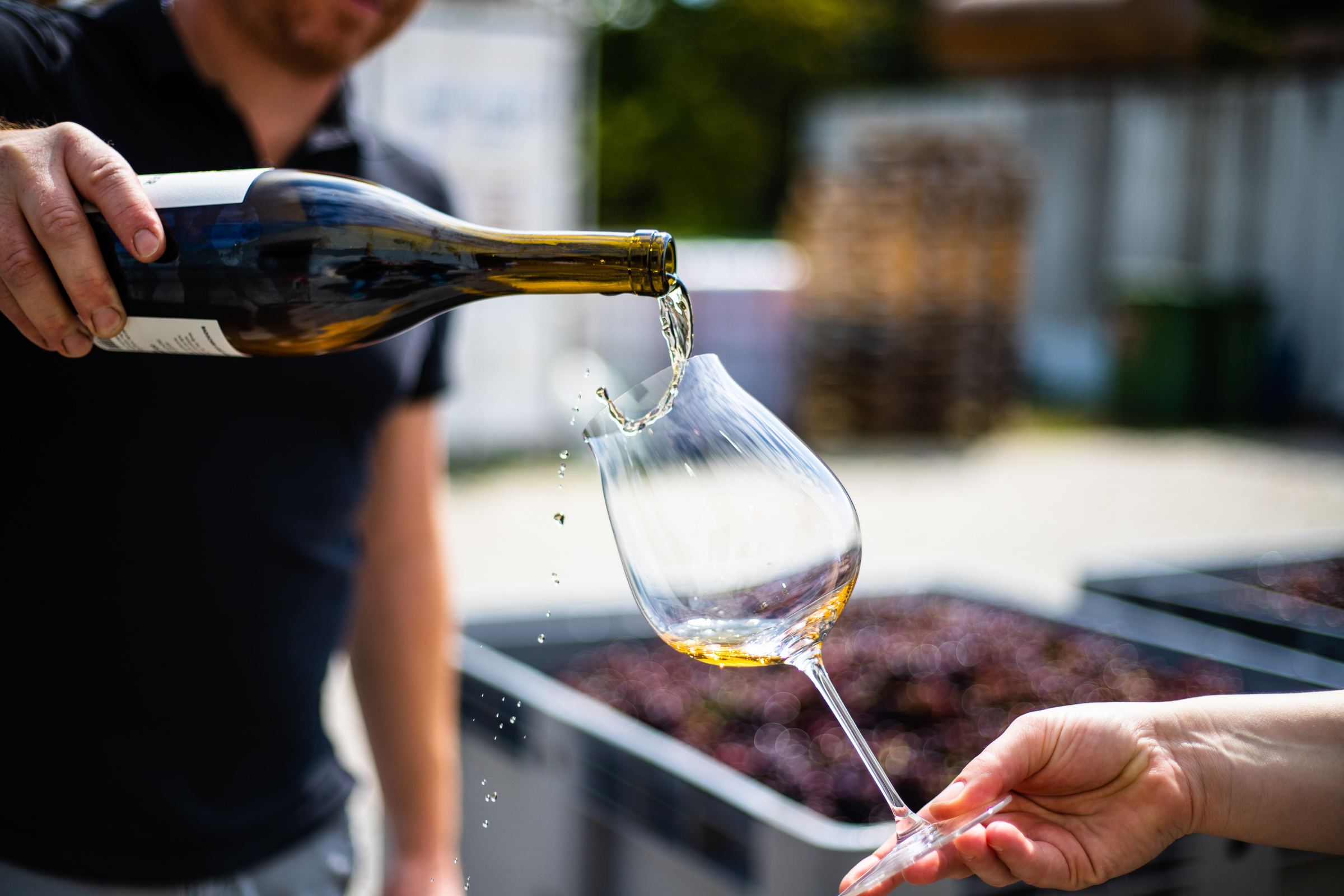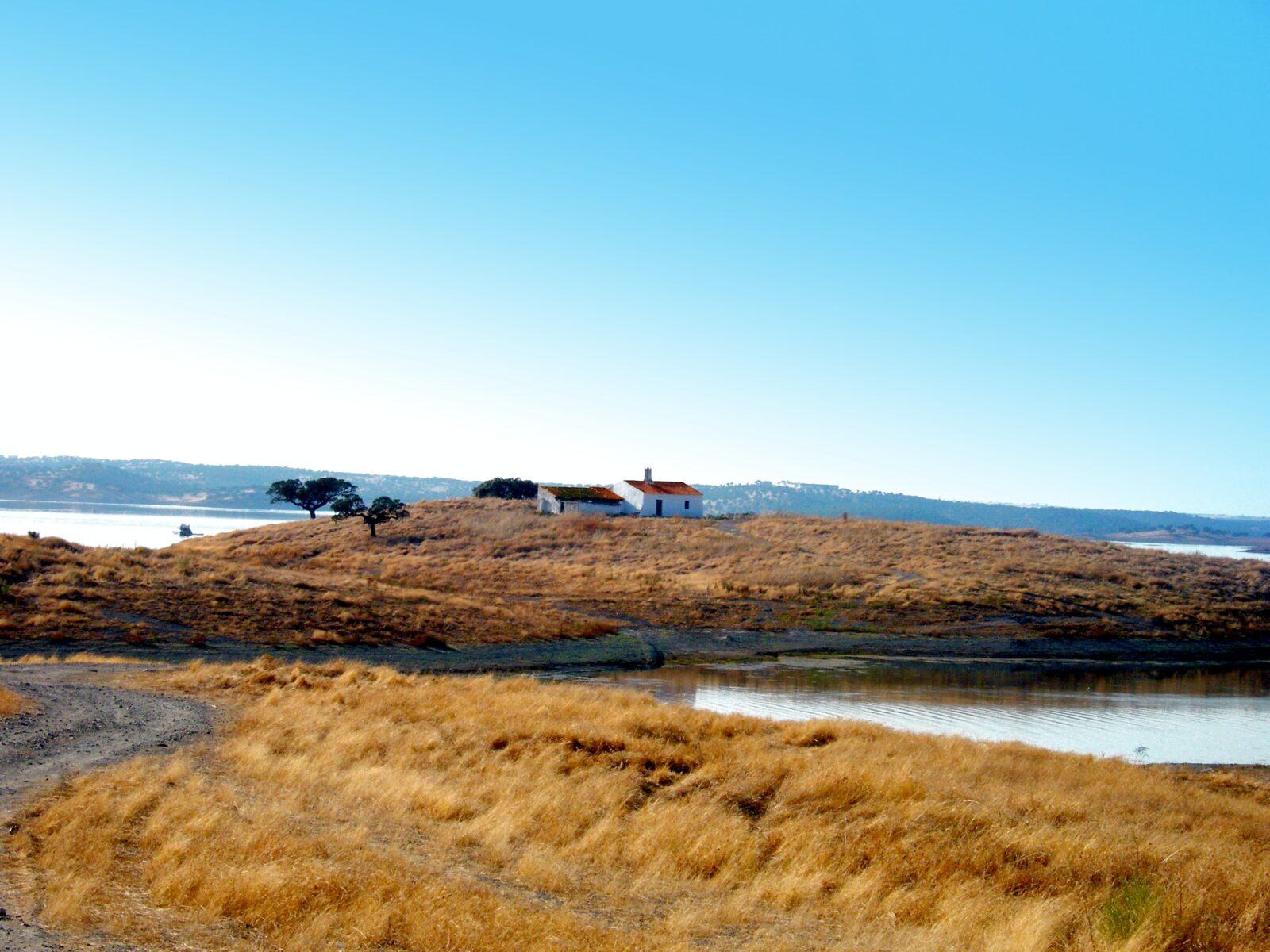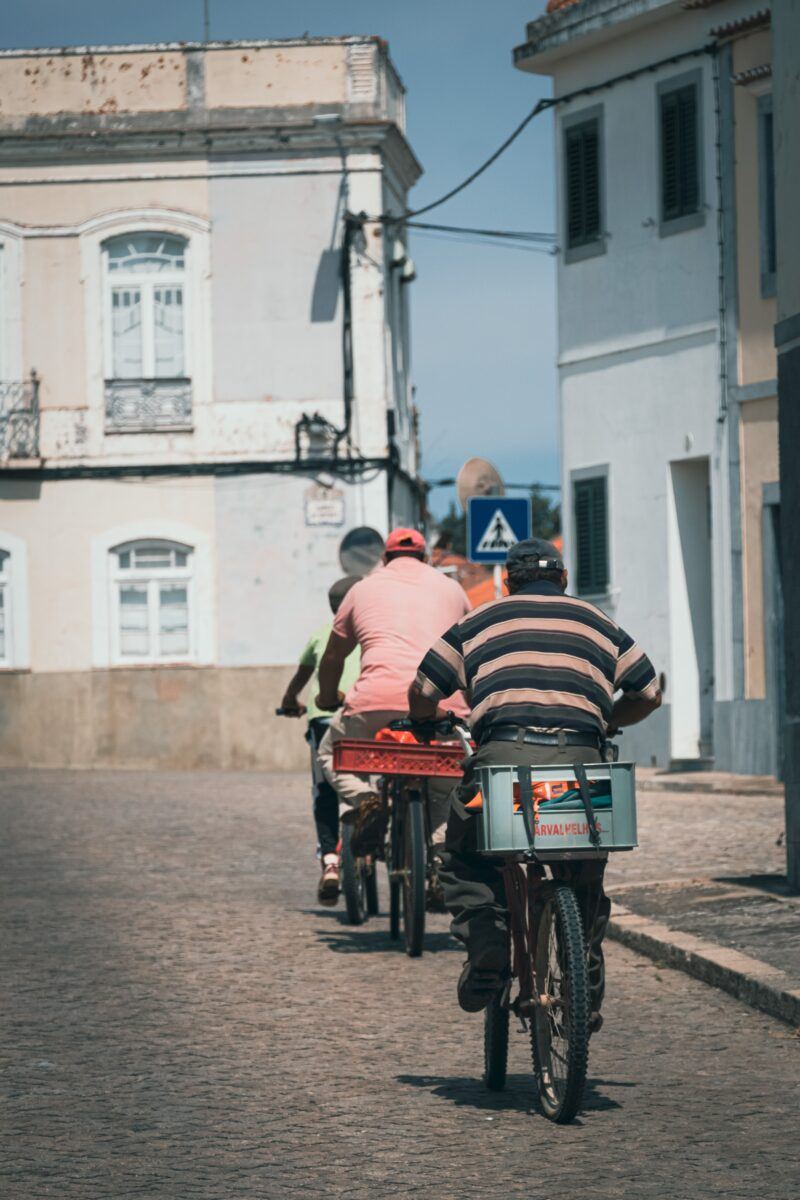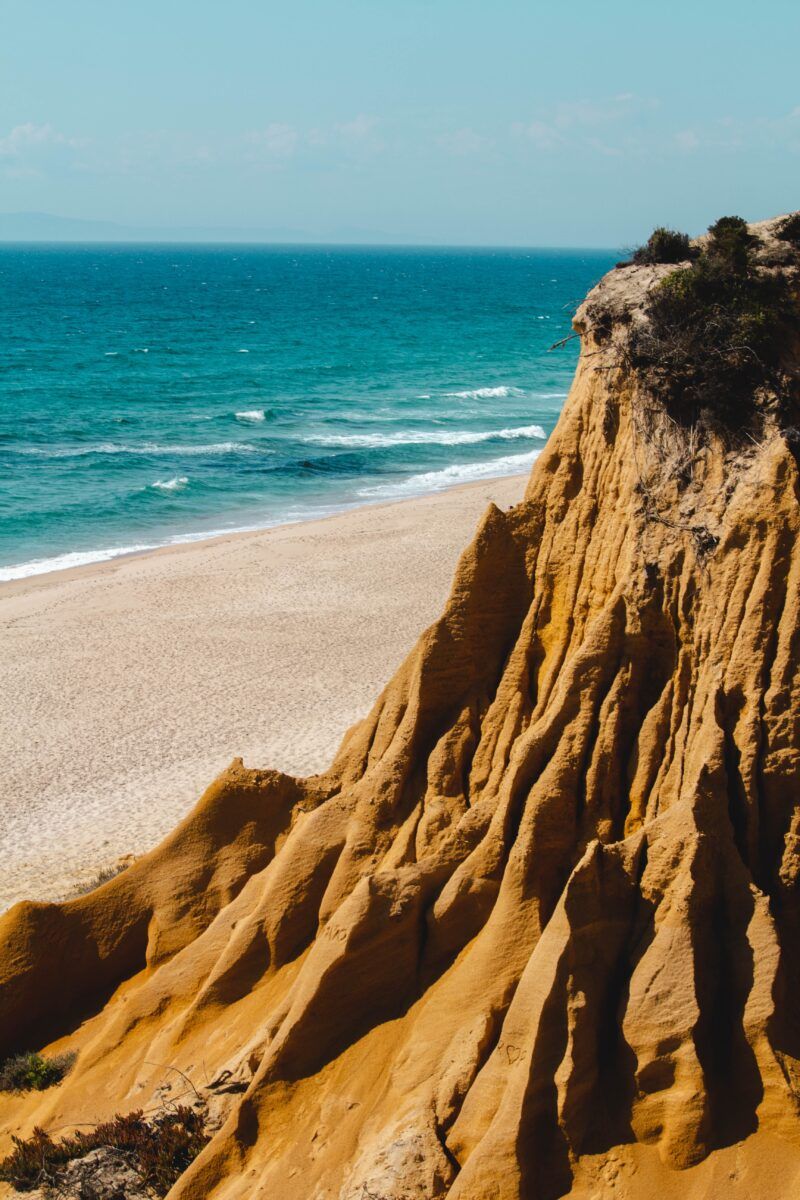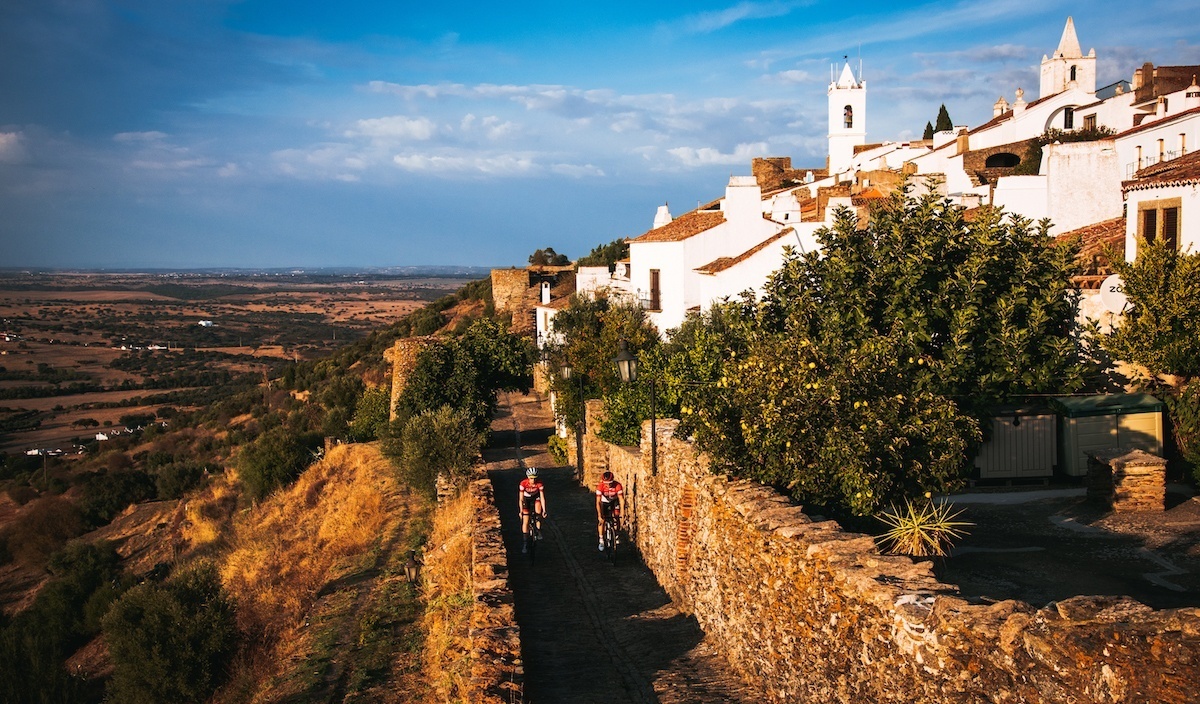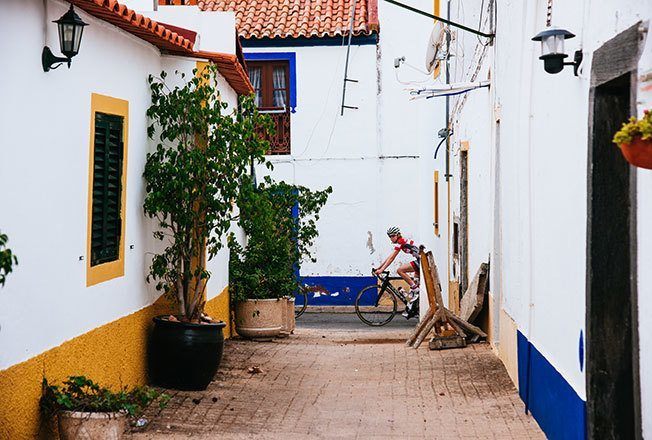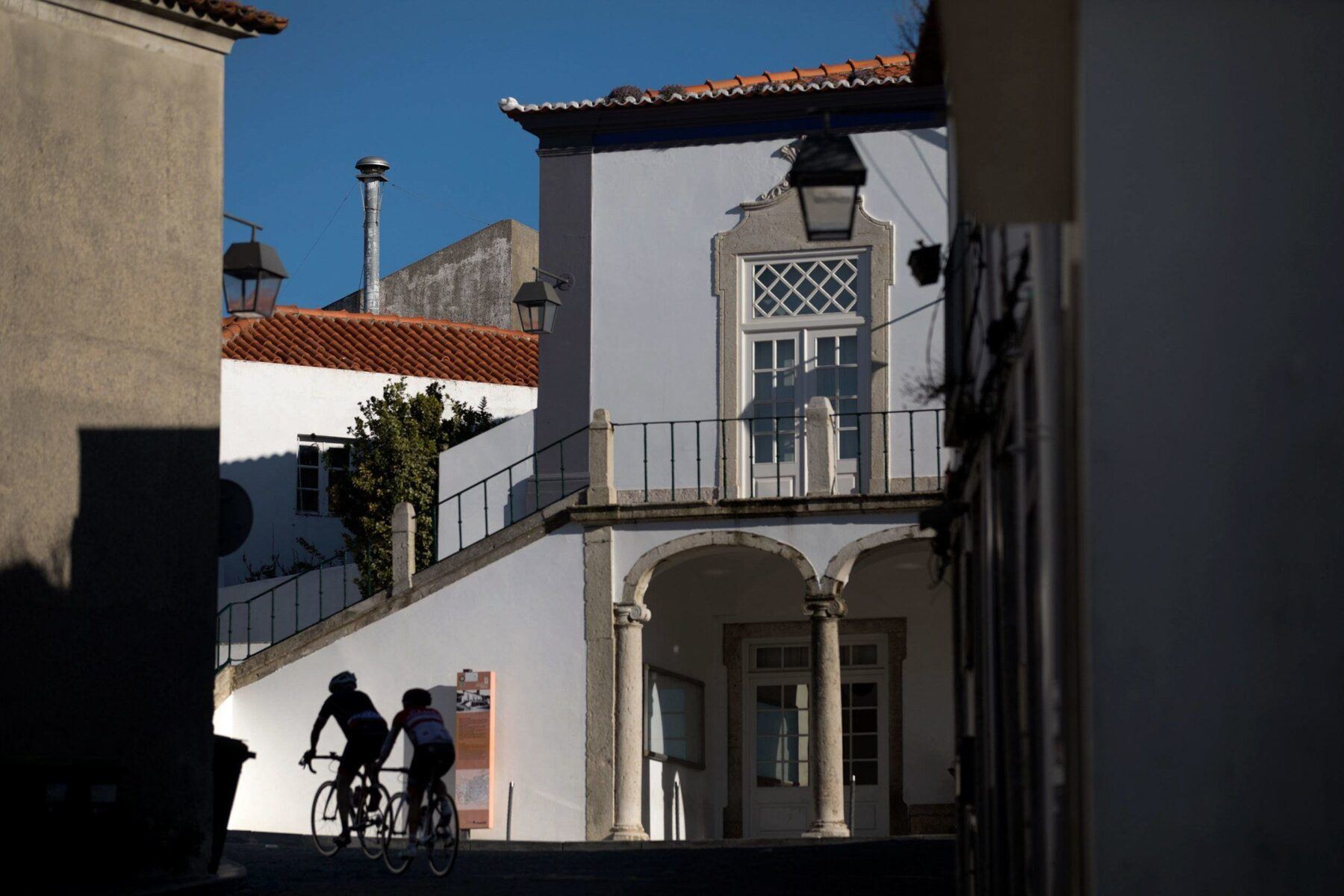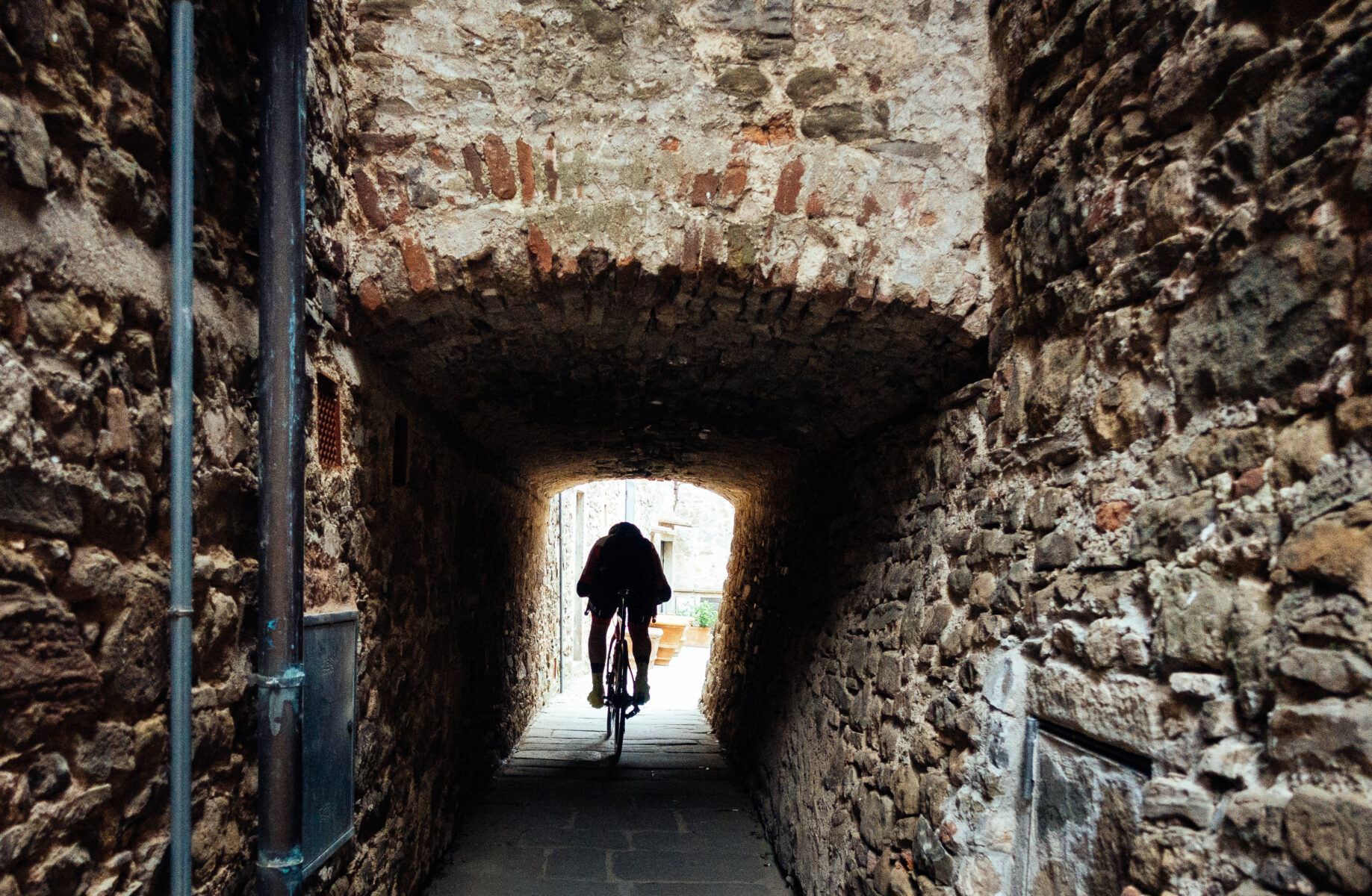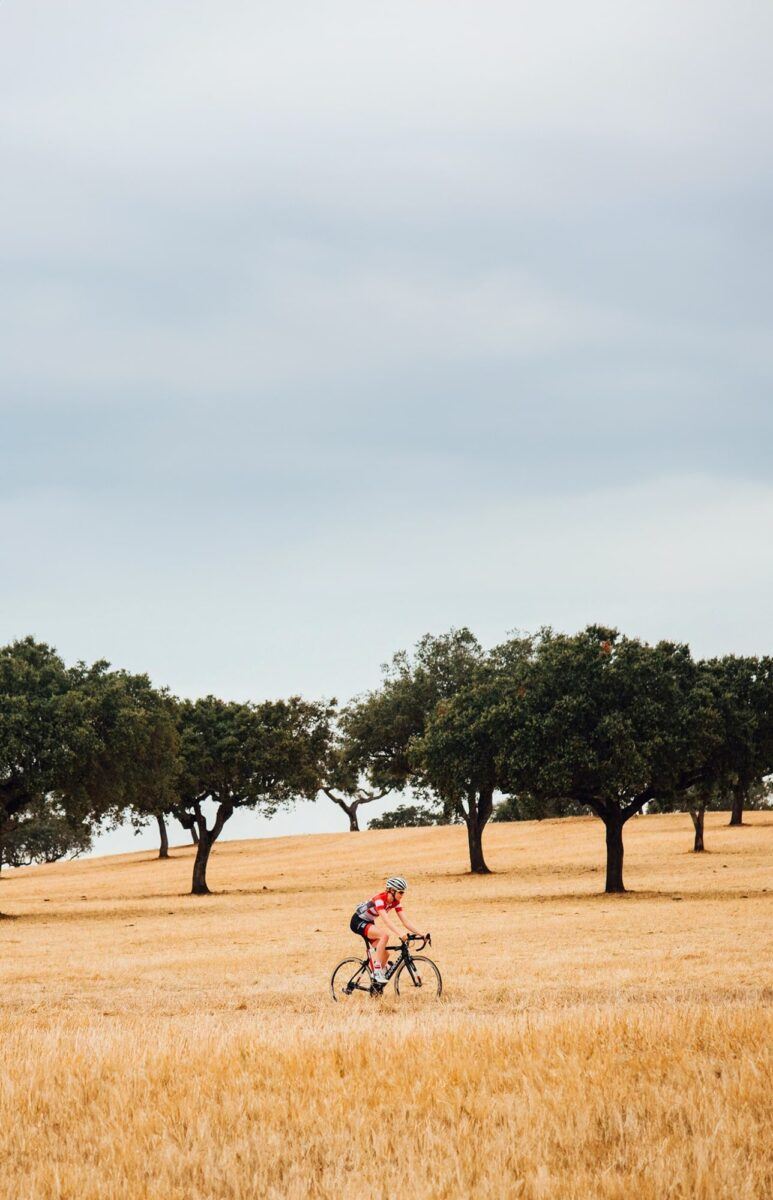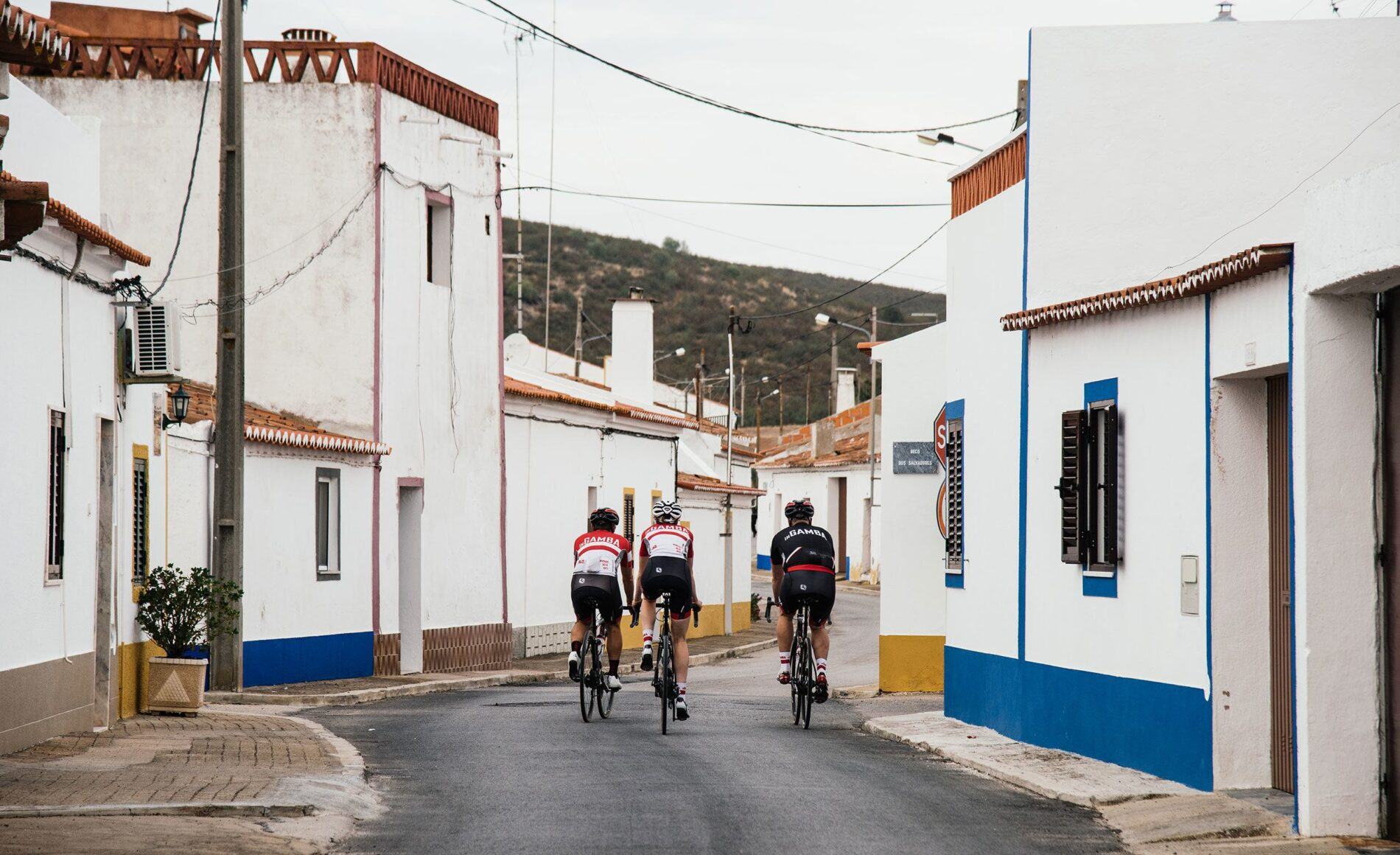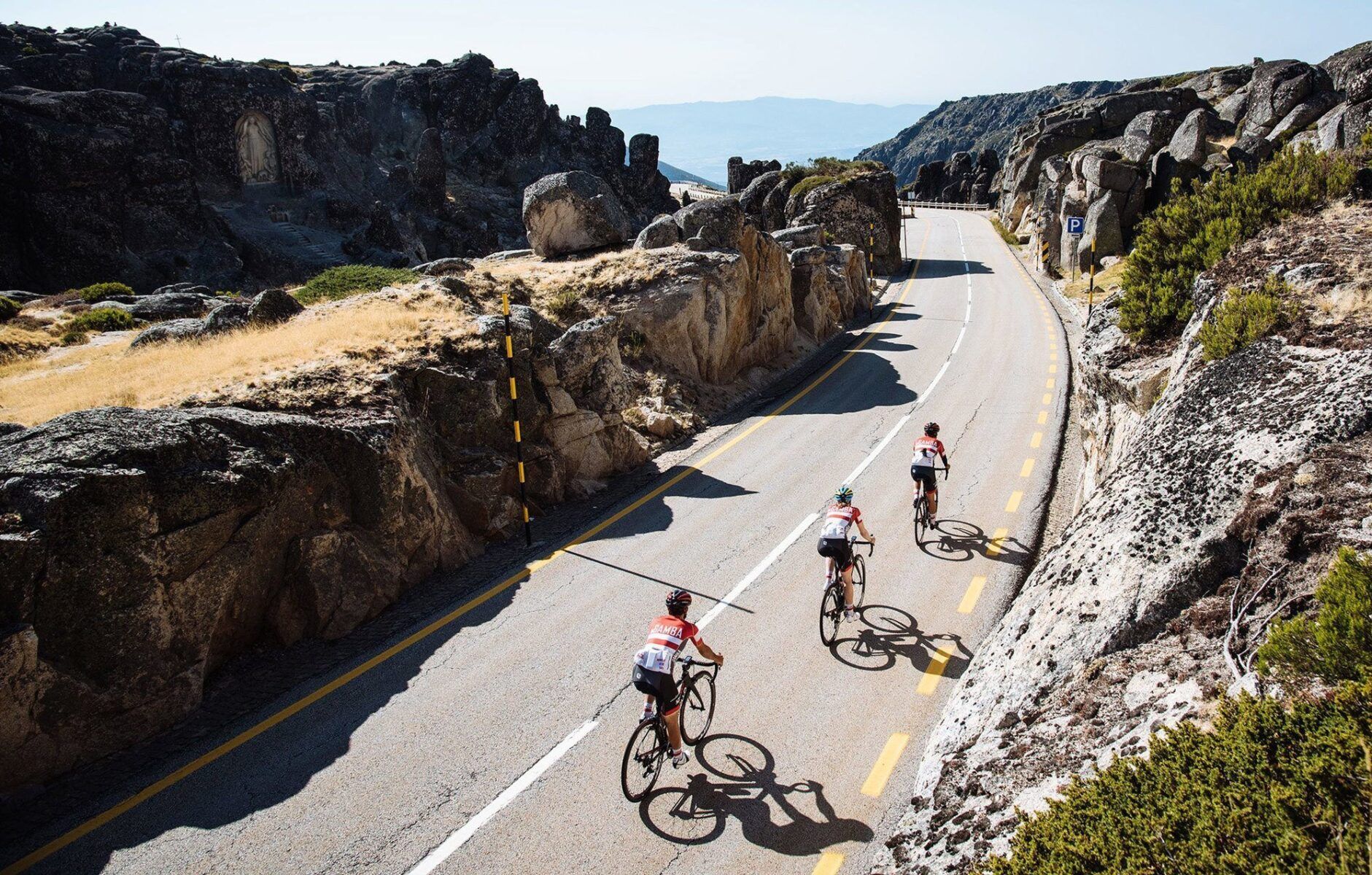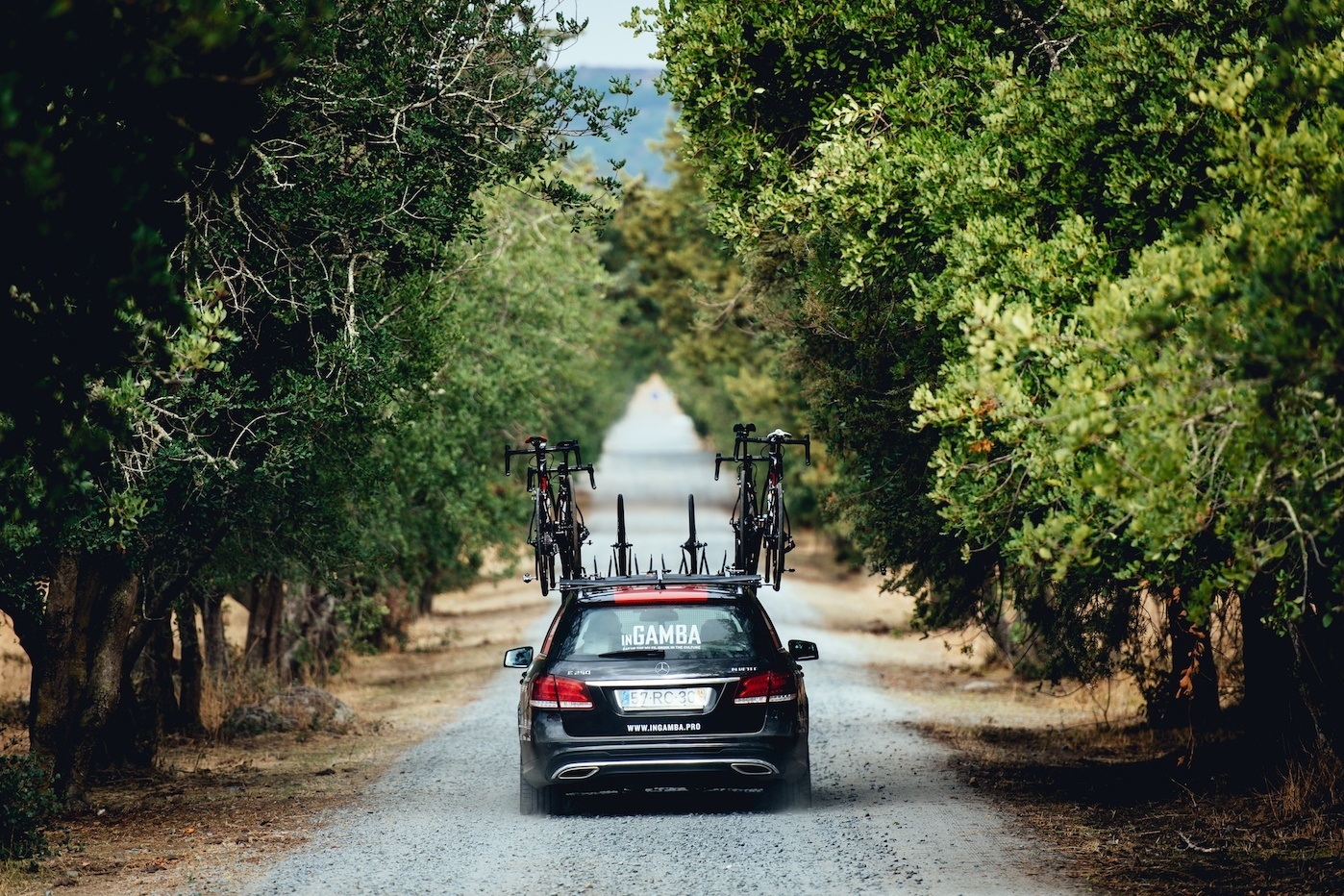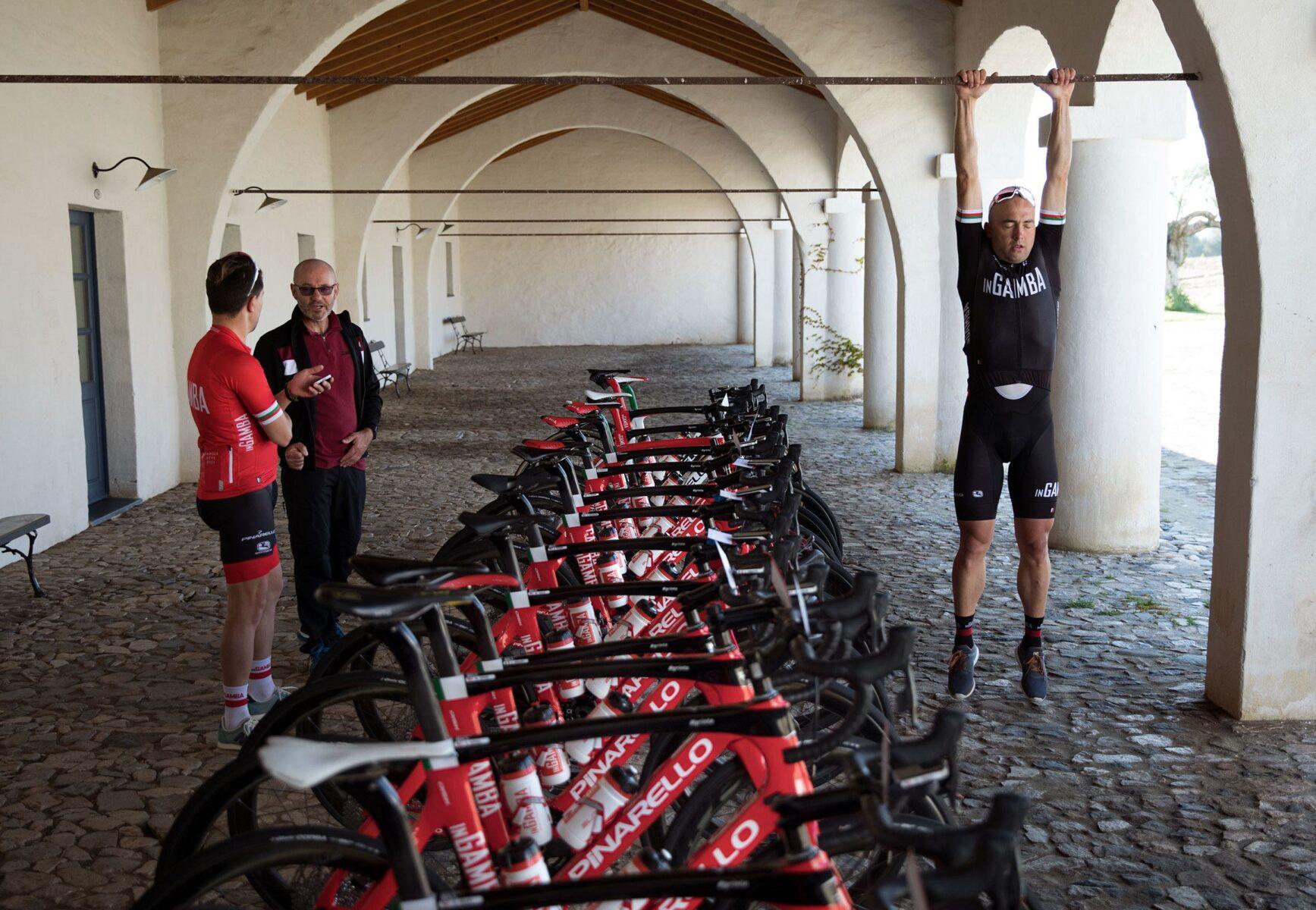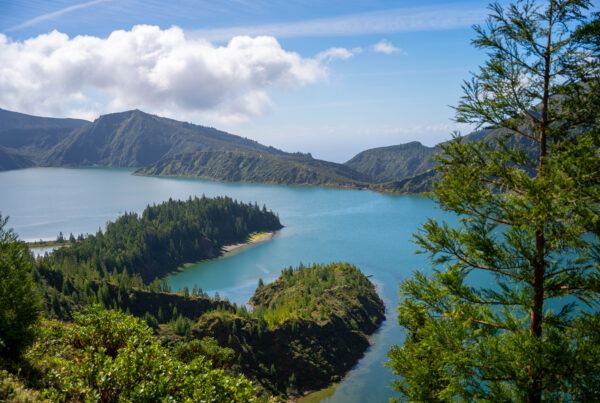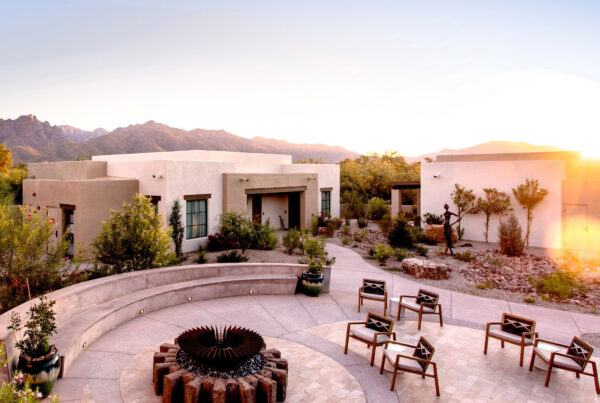Alentejo is more than a place on the map.
It’s a rich tradition and unique culture that is a must-visit for any wine lover.
Despite being just 30 minutes from Lisbon, this region feels like it’s in another world, with panoramic landscapes that stretch out over the horizon in every direction, full of different terroirs, countless grape varieties, and a rich wine heritage that stretches back centuries.
It is the largest region in Portugal, occupying a third of the total area and bordering Spain to the east, the Atlantic to the west, and the Tejo River to the north. In Portuguese, its name means “beyond (além) the Tejo River.”
Rolling hills and fertile plains contrast with rugged mountains and lush valleys. In Alentejo, life is laid back, rush hour is non-existent, and the only worries you’ll have are about what to try next. Here, you can drink incredible full-bodied reds and crisp whites and experience the emergence of exciting new organic wines made with native grapes.
DEEP ROOTS
The tradition of winemaking in Alentejo dates back 2,000 years, with the Romans having generalized the cultivation of vines in the vast rolling plains of the region. The use of clay pots in the fermentation of must and subsequent storage called amphorae dates back to that time. The Moors also occupied Alentejo until the 13th century, but they halted wine production, with vineyards replanted with wheat. Once the Portuguese reclaimed the territory, farmers planted vines again.
Until the middle of the 20th century, Alentejo wines were practically confined to the producers’ tables. The first cooperative wineries that gave it a commercial character appeared in the 1950s, and the process of characterizing the growing conditions of the grapes and the resulting drink began in the 1970s. More than 15 years later, in 1989, Alentejo was recognized as a Demarcated Region, leading to the creation of official appellations and wine-quality requirements.
Since then, the number of producers and connoisseurs has multiplied, making Alentejo the largest wine-producing area in Portugal as of 2010, with more vineyard planting than Napa (56,500 acres to Napa’s 45,000 acres).
ETERNAL SUNSHINE
Alentejo’s climate is perfect for growing grapes, with 3,000 hours of sunshine yearly and dry, cool nights. The region’s vineyards thrive in the most varied soils of any region in Portugal, from clay and limestone to quartz and schist. The results are intense, full-bodied reds rich in tannins and the aroma of wild berries and red fruits. The whites are smooth, fresh, aromatic, and with a bouquet of tropical fruits.
A few grape varieties to consider are Trincadeira, Antão Vaz, Arinto, and Tinta Grossa. Trincadeira is the oldest and most widely planted variety for Alentejo reds. These wines pair well with cured ham, flavorful cheeses, and Atlantic-raised cod and halibut. In the whites, Antão Vaz is one of the most elegant varieties, coming from the steep inclines of the Serra de São Mamede in Portalegre. Its higher altitudes and lower temperatures yield fresh, elegant wines. These wines pair well with tapas, citrus-accented chicken dishes, and pear- and cherry-based desserts. When you drink it, you’ll taste the citrus peel and almond notes.
WHERE TO GO
If you have plans to visit the Alentejo region in the near future, we highly recommend taking the time to explore some of the area’s most notable wineries. For a comprehensive understanding of the winemaking process, we suggest a visit to either Herdade do Esporão or Fita Preta, where you can indulge in the true essence of the region’s wine culture, surrounded by picturesque vineyards and accompanied by the finest local delicacies.
We also recommend embarking on the official Rota dos Vinhos do Alentejo wine route, which encompasses a total of 66 wineries. Additionally, the Wine Museum of Redondo offers a fascinating glimpse into the area’s history and tradition of winemaking. For those seeking an immersive experience, the grape harvest festival known as Festa da Vinha e do Vinho (Vine and Wine Festival) held in Borba every November is an excellent option.
For an unforgettable experience, consider booking a trip to Alentejo with inGamba. You’ll experience a tour of the magical region, and with it, some of the very best eating and drinking of your life.

